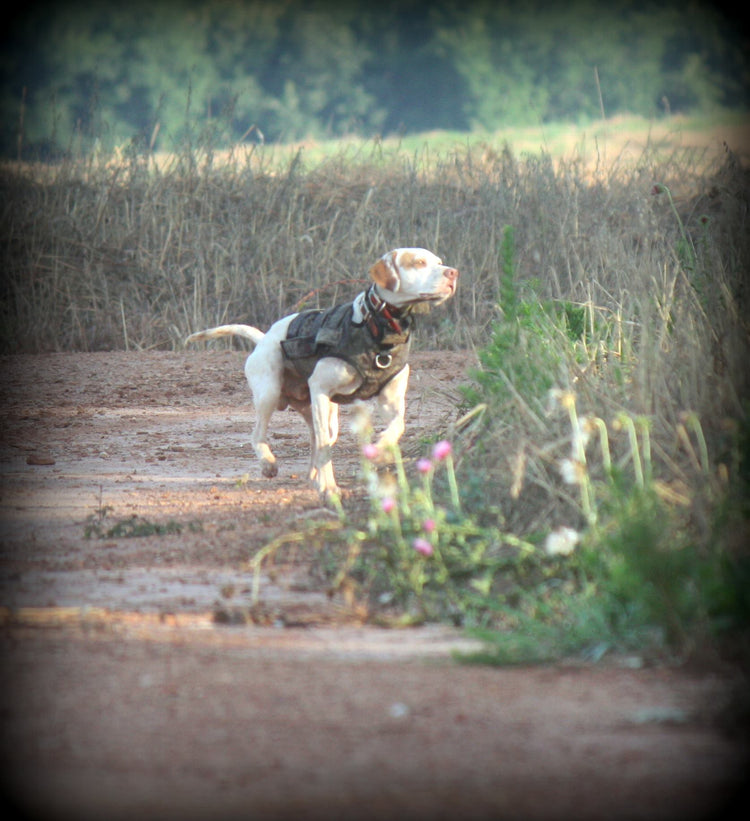**"When Should You Replace Your Cut Vest or Collar?"**
One of the common questions we're asked is, "When should I replace my cut vest or collar?" The decision often boils down to personal preference, but we're here to offer guidance.
Some of our customers opt to replace a vest the moment they spot a single cut on it. Their reasoning is straightforward: the vest has fulfilled its purpose by safeguarding the dog from injury, and now, with a cut, it might be more vulnerable in that exact spot if hit again.
Conversely, other customers use their vests until the outer layers are severely torn, leaving very little vest remaining. Their rationale lies in the belief that even with significant wear, the vest still provides protection, and frequently replacing vests can be financially burdensome.
Neither choice is inherently wrong. However, the optimal approach might be somewhere in between. It's essential to recognize that while a single cut may compromise a vest's integrity in that specific area, it doesn't necessarily render the entire vest ineffective. Conversely, waiting until the vest is severely damaged might increase the risk of reduced protection or potential injury to the dog.
Cut gear, designed to withstand cuts, will naturally exhibit signs of wear over time. It's crucial to regularly inspect your gear for any damage, understanding that no single layer of fabric is entirely impenetrable. The strength and protection of a vest come from a combination of materials, and each cut weakens the specific location, increasing vulnerability to potential harm.
Military and prison vests often advise replacing after a single use, with expiration dates typically ranging from 1 to 5 years if not used at all. However, these guidelines aren't practical for hog dog gear.
Finding the balance means assessing your vest or collar regularly. Consider factors such as the frequency of use, the severity and location of cuts, and the overall condition. This evaluation will guide your decision on when it's time for a replacement, striking a balance between ensuring your dog's safety and managing replacement costs.
Total
$0.00
0


